Halloween is swiftly approaching, and that means a growing number of scary images, haunted houses, and multitudes of scary movies. Many of us wait all year for the scariest of them all, but it's absolutely baffling to see the growing numbers that flock to these attractions yearly. As a culture, why do we love and crave these panicking situations so much?
When we get the living daylights scared out of us, our hearts beat a little faster, our breaths get short, our stomachs drop out of our butts, and our body temperature rises. According to The Atlantic in an interview with sociologist Dr. Margee Kerr, "new research from David Zald shows that people differ in their chemical response to thrilling situations. One of the main hormones released during scary and thrilling activities is dopamine, and it turns out some individuals may get more of a kick from this dopamine response than others do. Basically, some people’s brains lack what Zald describes as “brakes” on the dopamine release and re-uptake in the brain. This means some people are going to really enjoy thrilling, scary, and risky situations while others, not so much." Science experts say it's not odd that people crave to see how far they can go to prove they can handle more anxiety than they thought -- as if college and life, in general, doesn't make us anxious enough.
In addition, hormone levels rise when a person is terror stricken. This can create the love component of our obsession with feeling scared, much like a first kiss can. The moment we get scared, we feel the "flight or fight" reaction that gives us an intense adrenaline rush, making us more emotional.
On a psychological level, we love the forbidden. Take Adam and Eve, for example: They went for that particular apple because they weren't supposed to. Or an adolescent girl going for the "bad boy" because it's exactly who she shouldn't be dating. Horror movies, haunted houses, and scary decor allow us to enjoy this feeling but technically still stay safe. This attracts people because it differs from the everyday routine and, therefore, creates thrill.
And while these attractions give us anxiety, the release of fear at the end is known to lower anxiety levels as well. Go figure.
Finally, spooky stories help us form a strong emotional connection. We, as humans, often question the unknown, and the debate on the existence of paranormal activity is a hot topic. These deep and disprovable topics allow for the brain to contemplate what is beyond 2 inches in front of us as we grow intellectually in our own views. In addition, The Atlantic also backs this by stating that "One of the reasons people love Halloween is because it produces strong emotional responses, and those responses work to build stronger relationships and memories. When we’re happy, or afraid, we’re releasing powerful hormones, like oxcytocin, that are working to make these moments stick in our brain." Overall the emotional connection tells the mind to find relief in the scary moments and crave to relive those connecting moments.
Overall, having attended a haunted house less than 24 hours ago, I feel more relaxed and had a lot of fun. At the time, my heart rate rose, my breath shortened, and my anxiety levels were through the roof, but afterwards, I was laughing and felt happier than ever -- significantly more relaxed than beforehand.
These components explain why society loves to be afraid and ultimately clarify why I waited three hours outside to go through a 15-minute attraction.
Personal pleasure can vary, but these scary temptations aren't going anywhere. So pack an extra pair of underwear, bring a friend, and go test your limits. You'll feel good after you do.








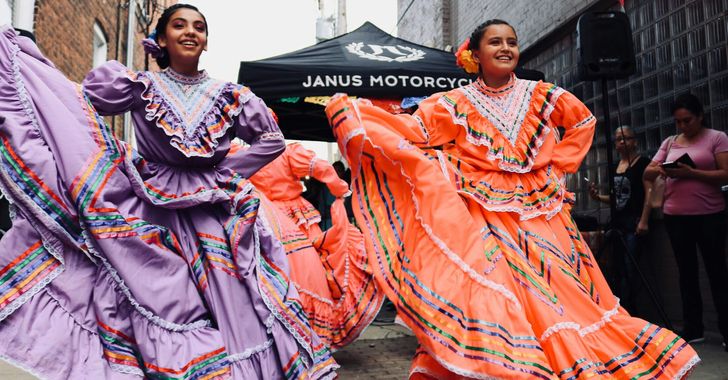 women in street dancing
Photo by
women in street dancing
Photo by  man and woman standing in front of louver door
Photo by
man and woman standing in front of louver door
Photo by 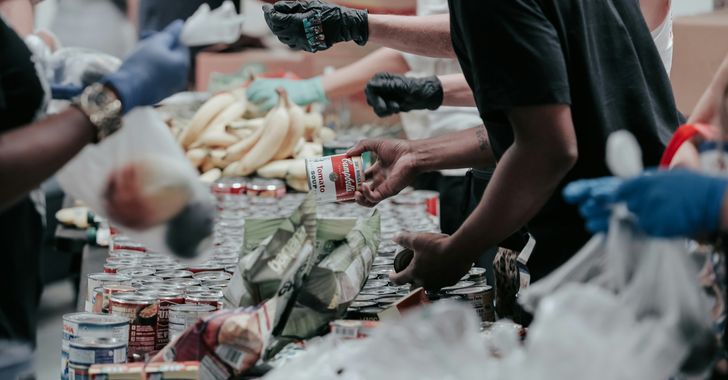 man in black t-shirt holding coca cola bottle
Photo by
man in black t-shirt holding coca cola bottle
Photo by 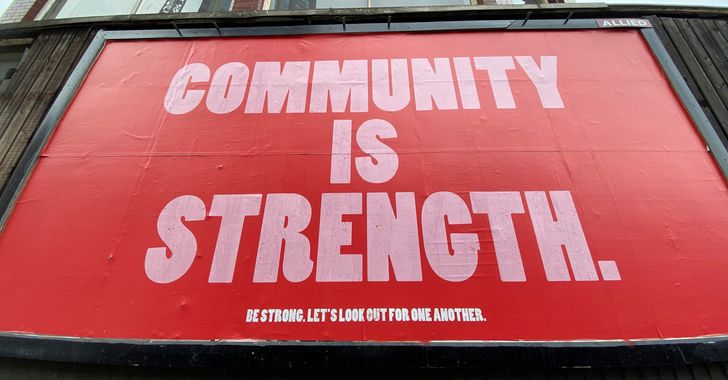 red and white coca cola signage
Photo by
red and white coca cola signage
Photo by  man holding luggage photo
Photo by
man holding luggage photo
Photo by 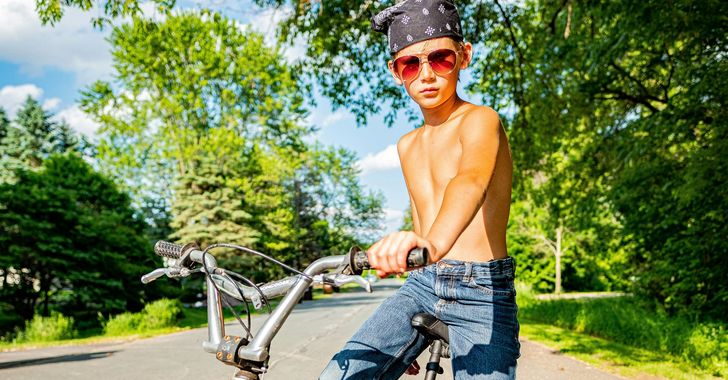 topless boy in blue denim jeans riding red bicycle during daytime
Photo by
topless boy in blue denim jeans riding red bicycle during daytime
Photo by 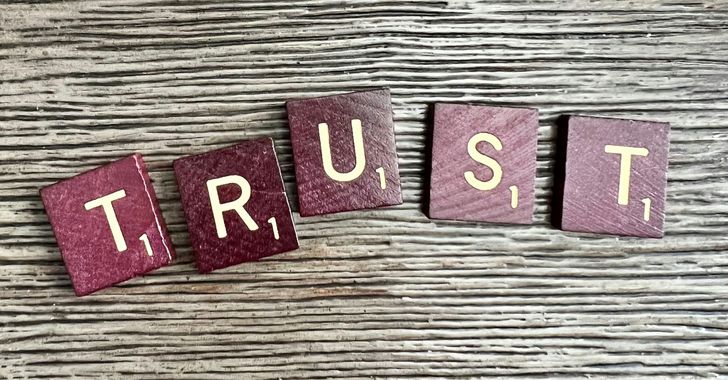 trust spelled with wooden letter blocks on a table
Photo by
trust spelled with wooden letter blocks on a table
Photo by  Everyone is Welcome signage
Photo by
Everyone is Welcome signage
Photo by 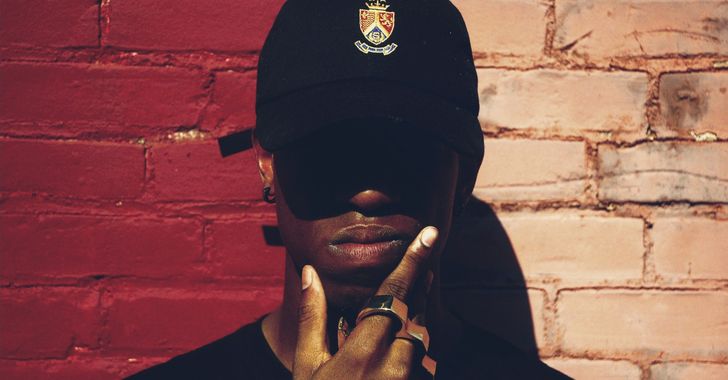 man with cap and background with red and pink wall l
Photo by
man with cap and background with red and pink wall l
Photo by 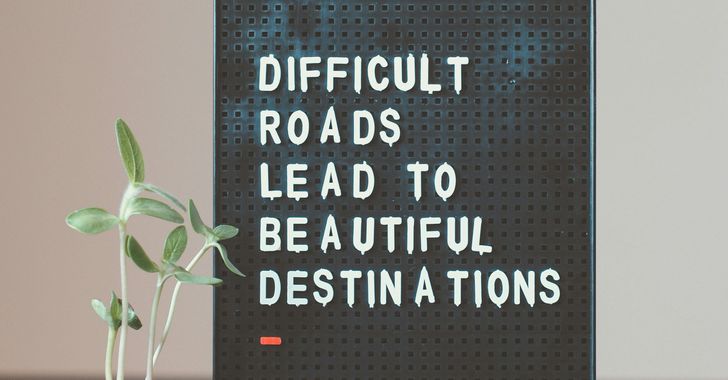 difficult roads lead to beautiful destinations desk decor
Photo by
difficult roads lead to beautiful destinations desk decor
Photo by 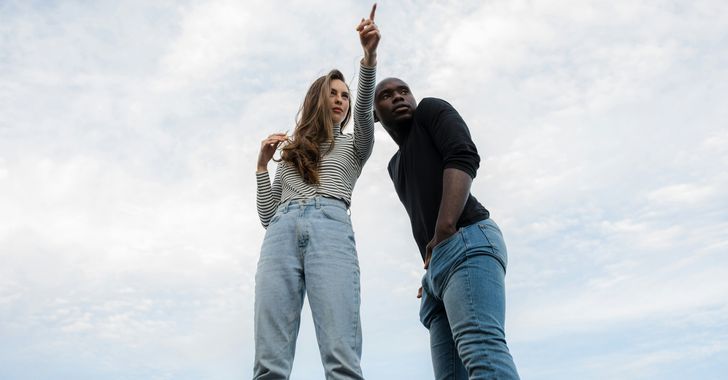 photography of woman pointing her finger near an man
Photo by
photography of woman pointing her finger near an man
Photo by 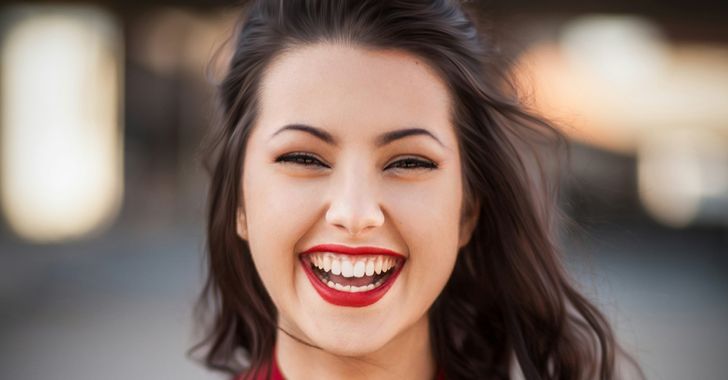 closeup photography of woman smiling
Photo by
closeup photography of woman smiling
Photo by 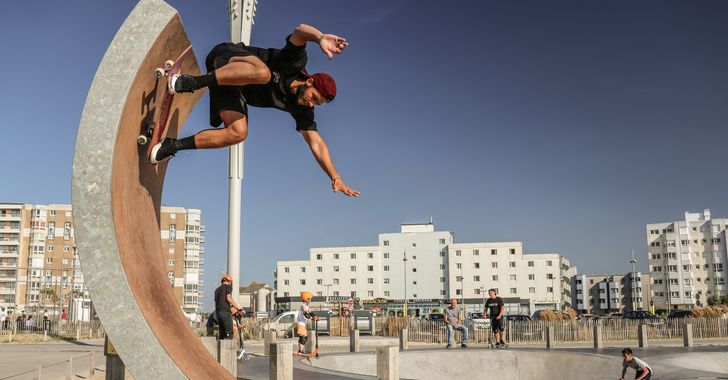 a man doing a trick on a skateboard
Photo by
a man doing a trick on a skateboard
Photo by 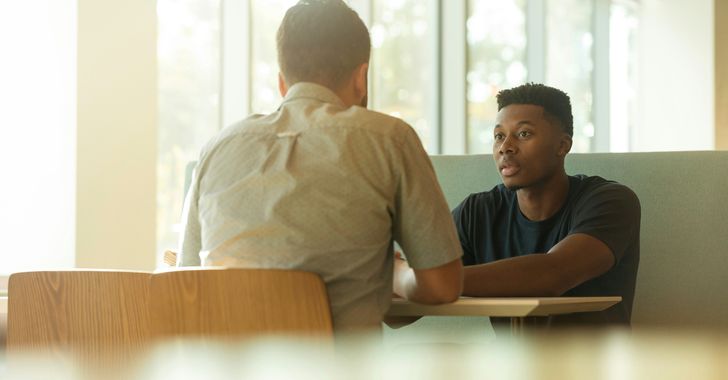 two men
two men 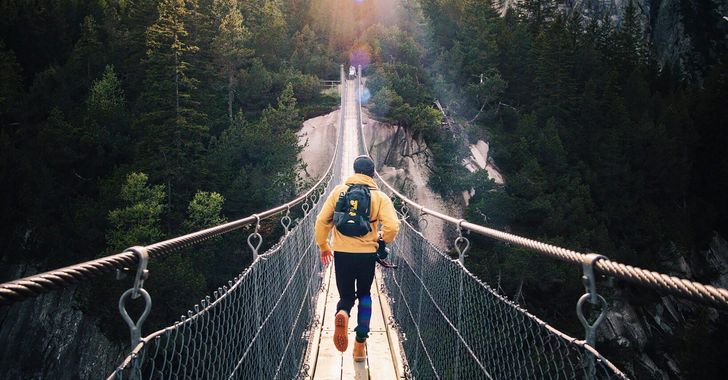 running man on bridge
Photo by
running man on bridge
Photo by  orange white and black bag
Photo by
orange white and black bag
Photo by 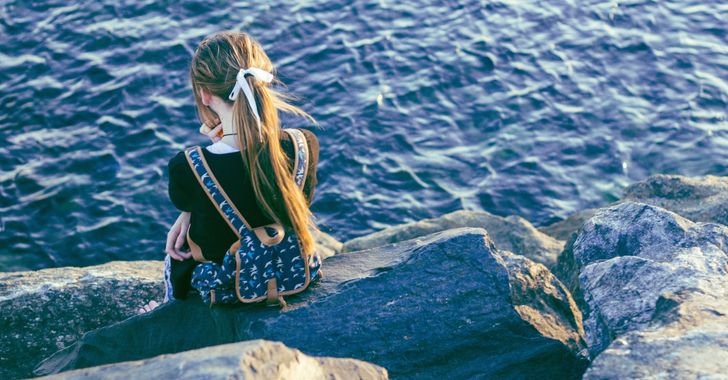 girl sitting on gray rocks
Photo by
girl sitting on gray rocks
Photo by  assorted-color painted wall with painting materials
Photo by
assorted-color painted wall with painting materials
Photo by  three women sitting on brown wooden bench
Photo by
three women sitting on brown wooden bench
Photo by 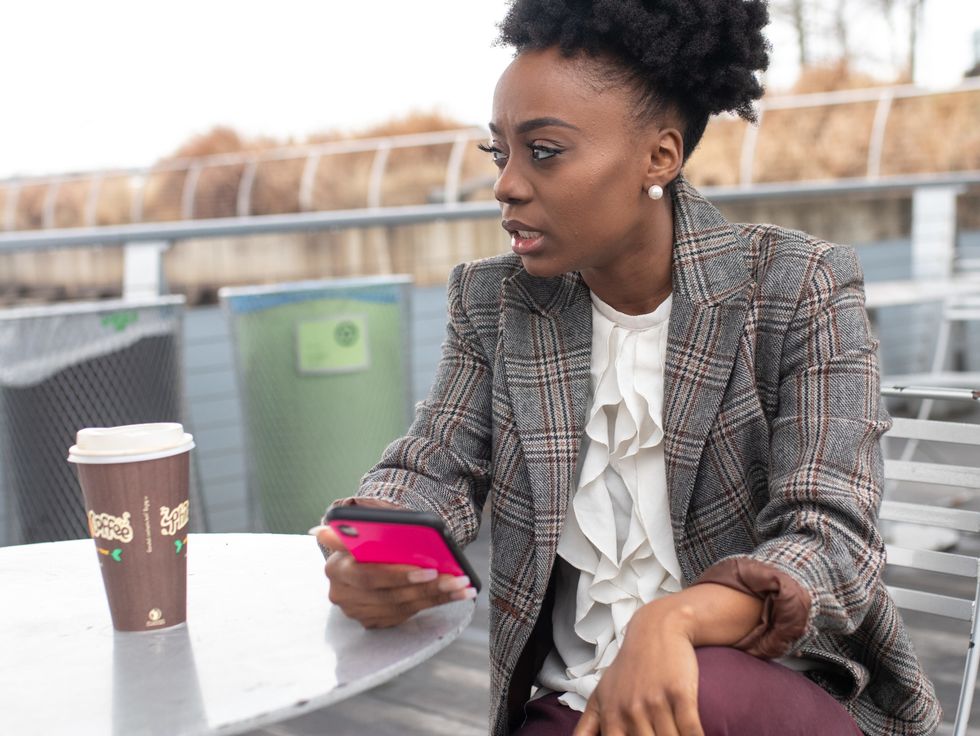
 Photo by
Photo by 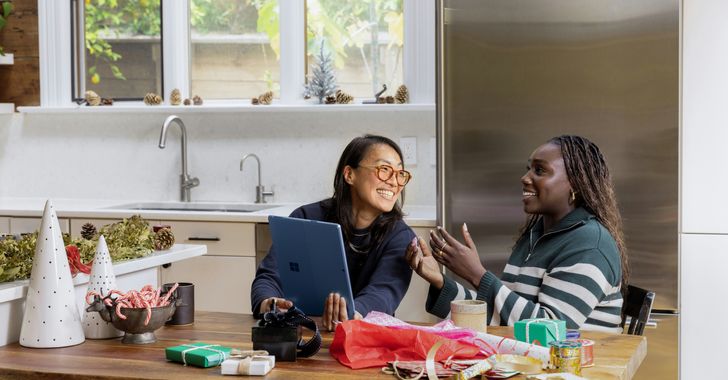 Photo by
Photo by 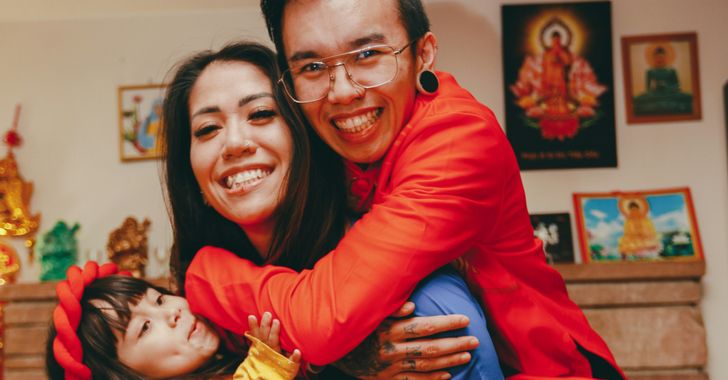 Photo by
Photo by  Photo by
Photo by 
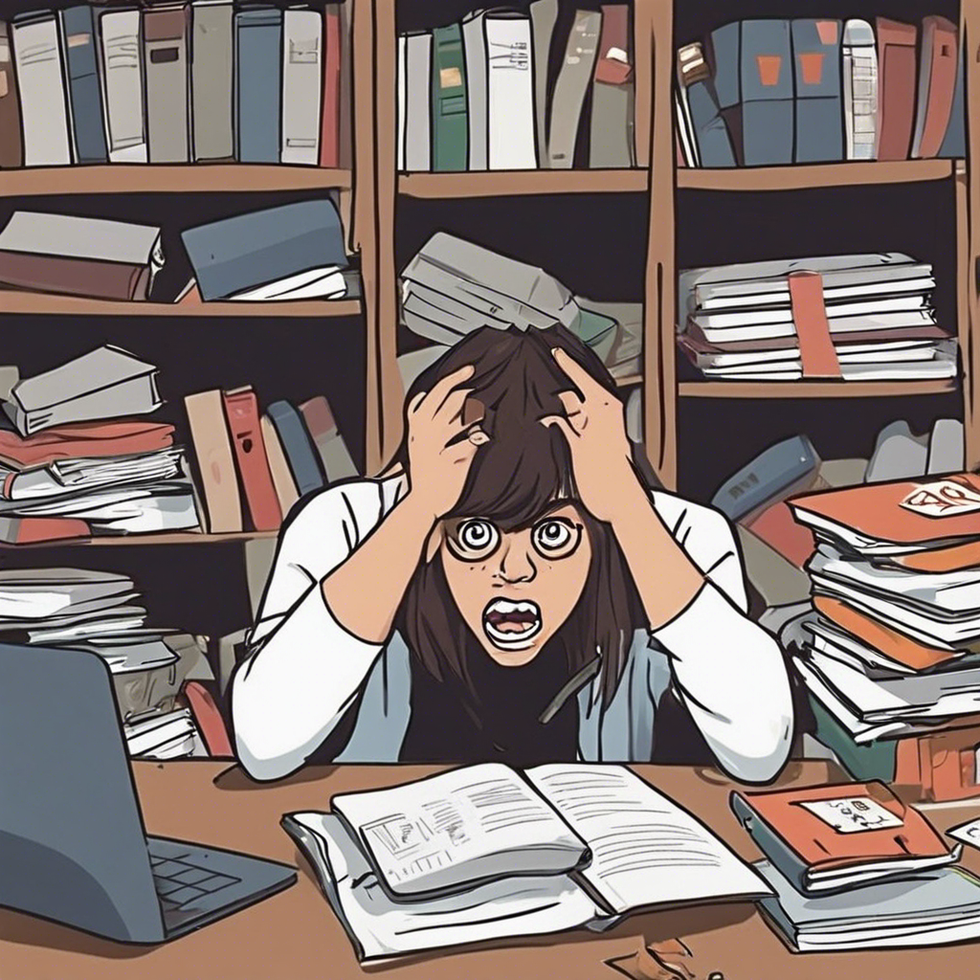

 people sitting on chair in front of computer
people sitting on chair in front of computer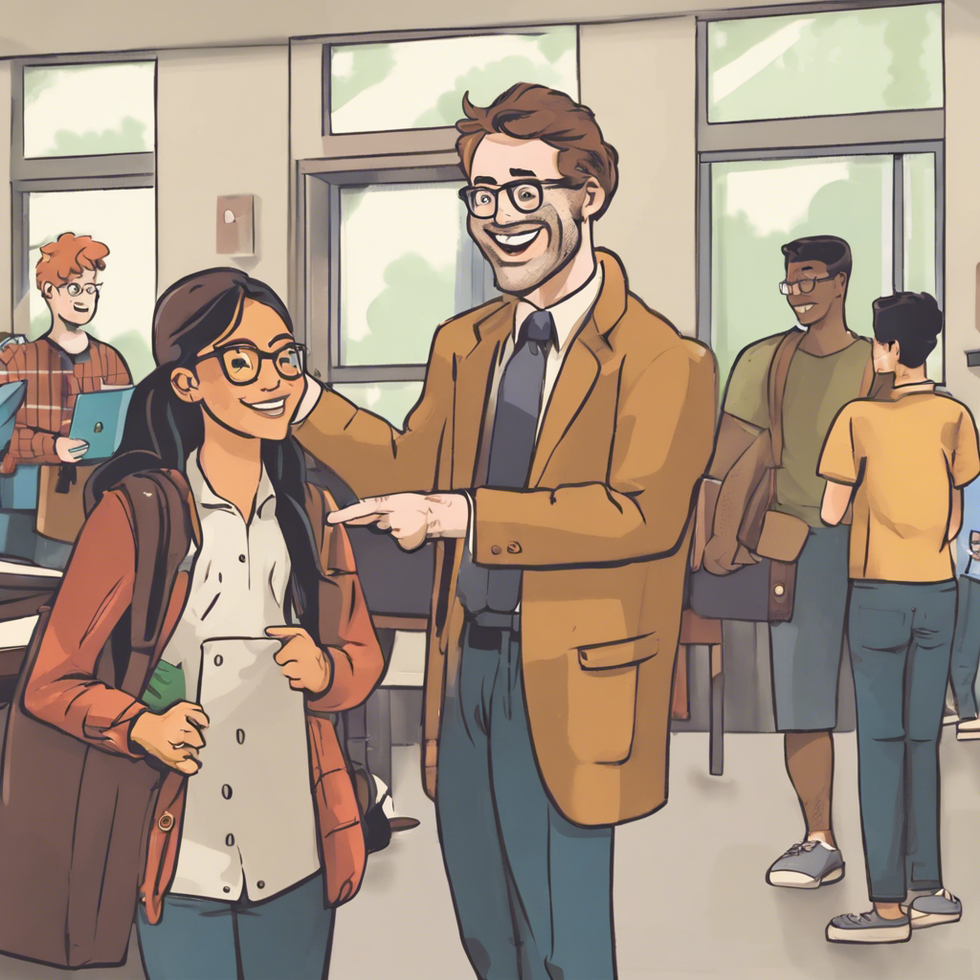
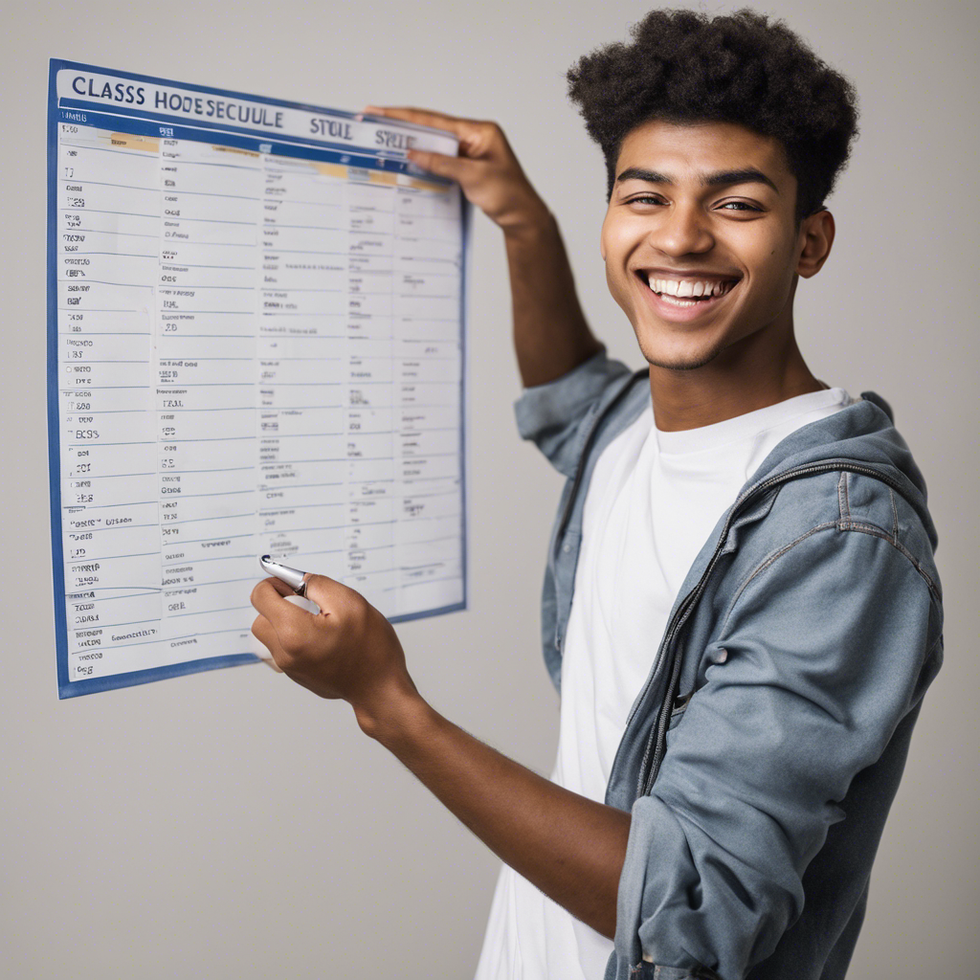
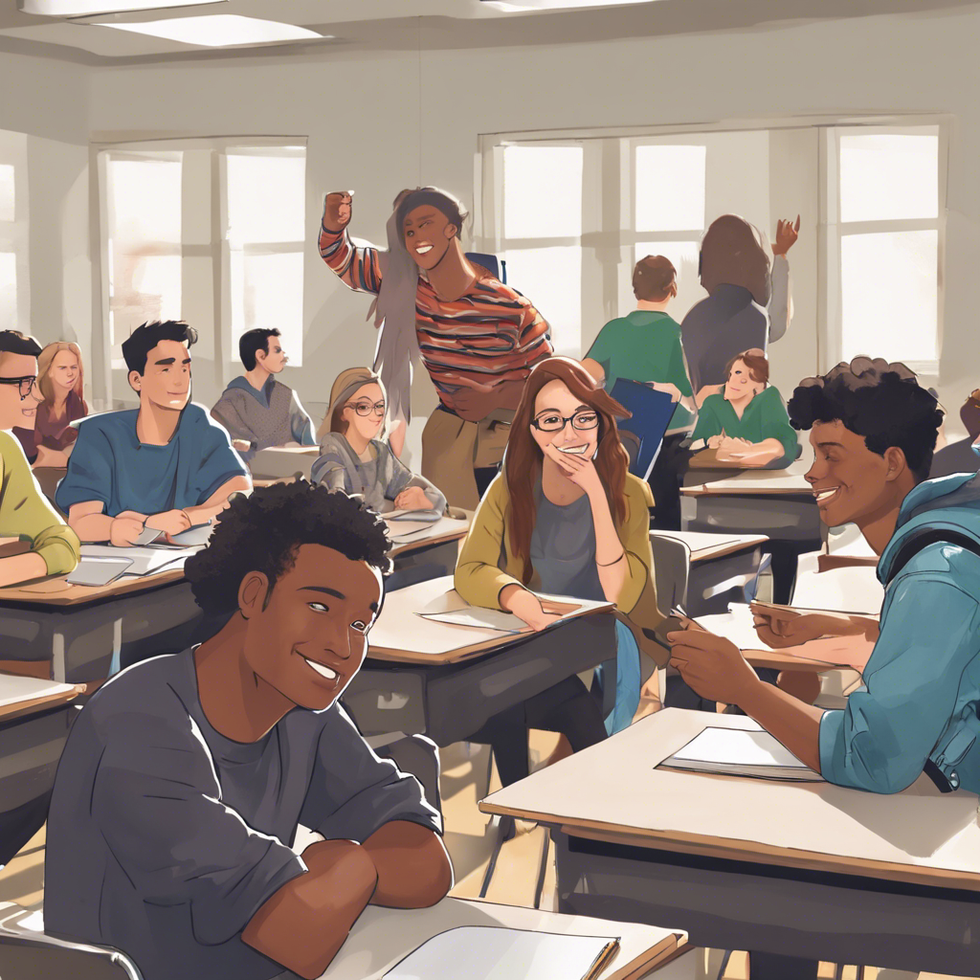

 all stars lol GIF by Lifetime
all stars lol GIF by Lifetime two women talking while looking at laptop computerPhoto by
two women talking while looking at laptop computerPhoto by 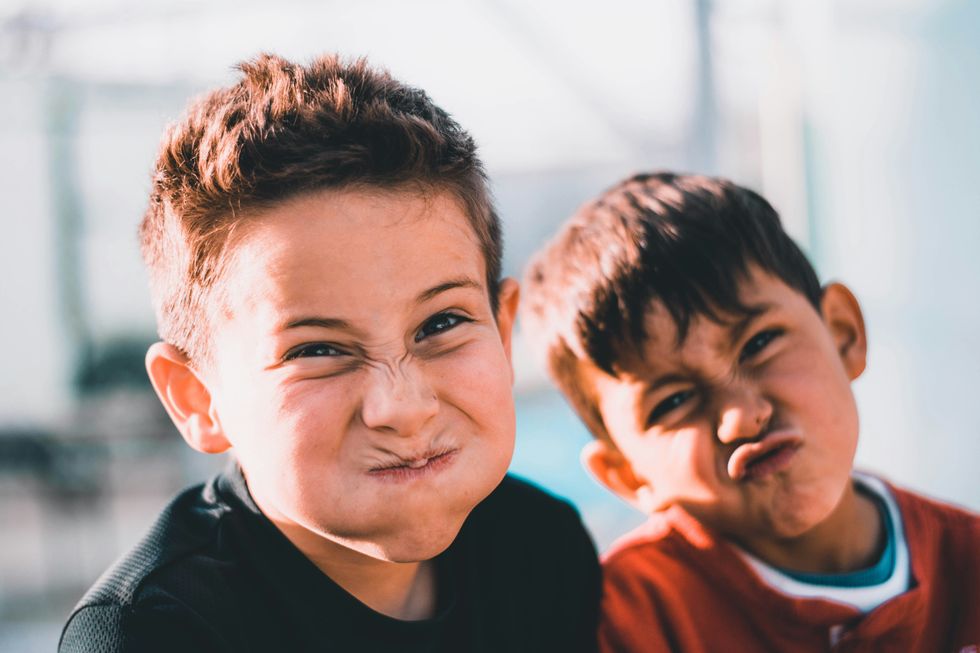 shallow focus photography of two boys doing wacky facesPhoto by
shallow focus photography of two boys doing wacky facesPhoto by 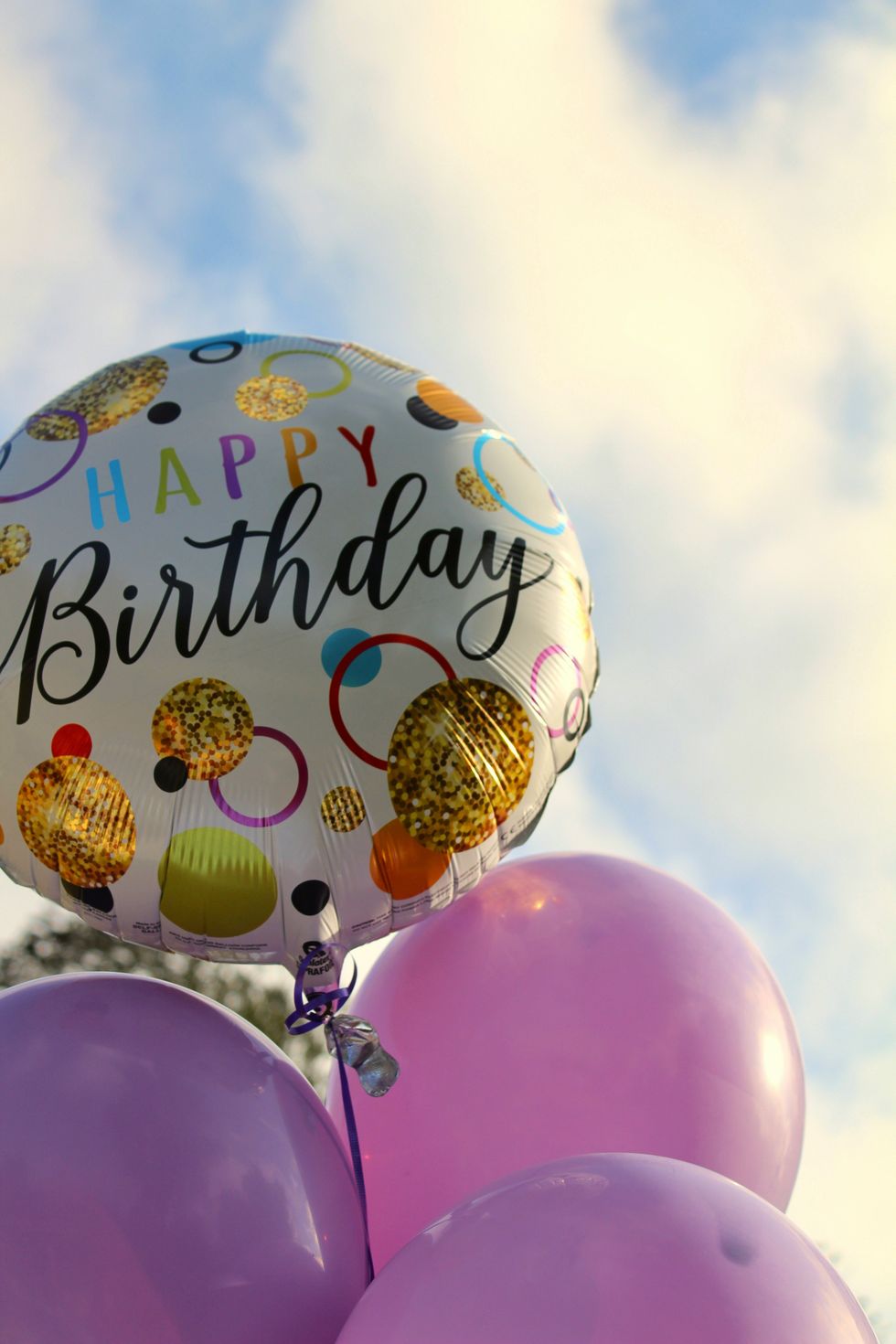 happy birthday balloons with happy birthday textPhoto by
happy birthday balloons with happy birthday textPhoto by  itty-bitty living space." | The Genie shows Aladdin how… | Flickr
itty-bitty living space." | The Genie shows Aladdin how… | Flickr shallow focus photography of dog and catPhoto by
shallow focus photography of dog and catPhoto by 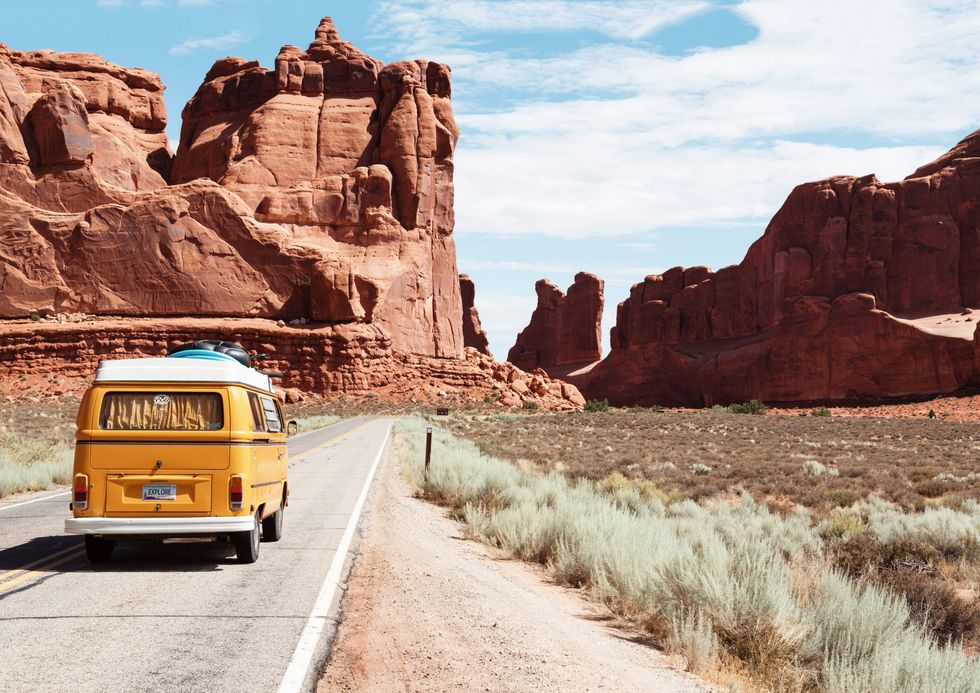 yellow Volkswagen van on roadPhoto by
yellow Volkswagen van on roadPhoto by  orange i have a crush on you neon light signagePhoto by
orange i have a crush on you neon light signagePhoto by 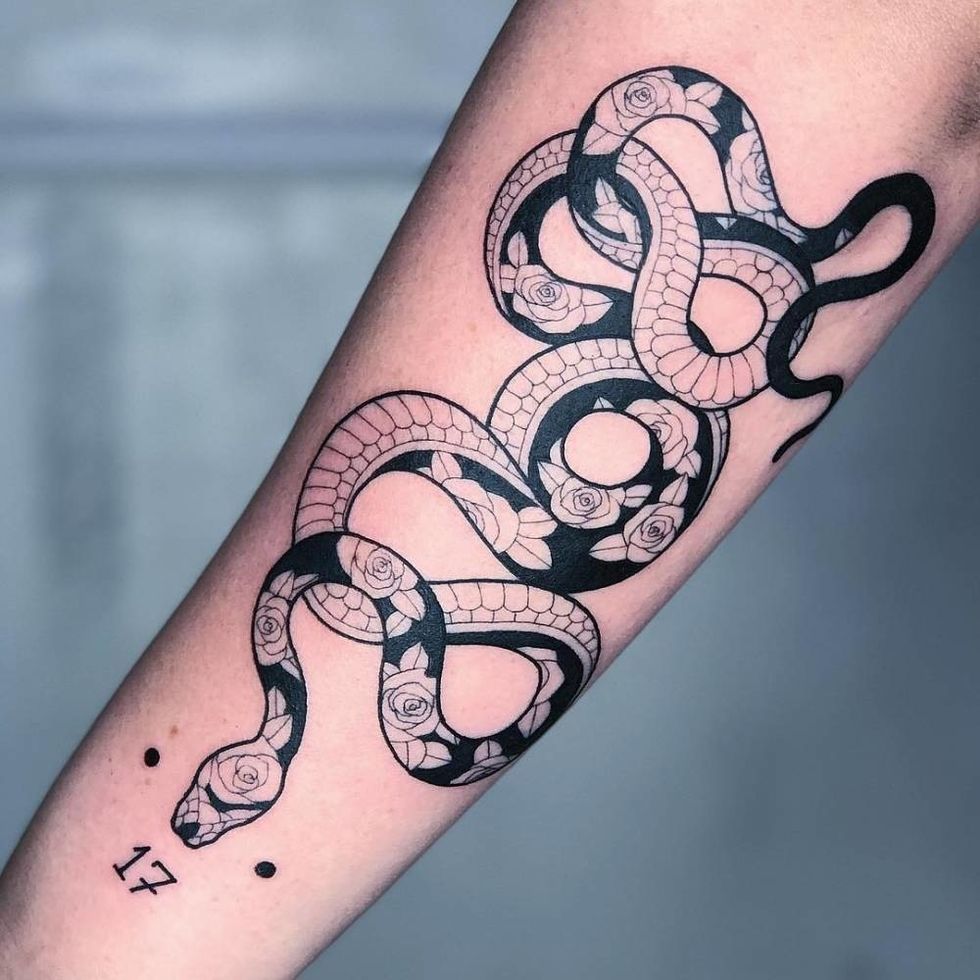 5 Tattoos Artist That Will Make You Want A Tattoo
5 Tattoos Artist That Will Make You Want A Tattoo woman biting pencil while sitting on chair in front of computer during daytimePhoto by
woman biting pencil while sitting on chair in front of computer during daytimePhoto by 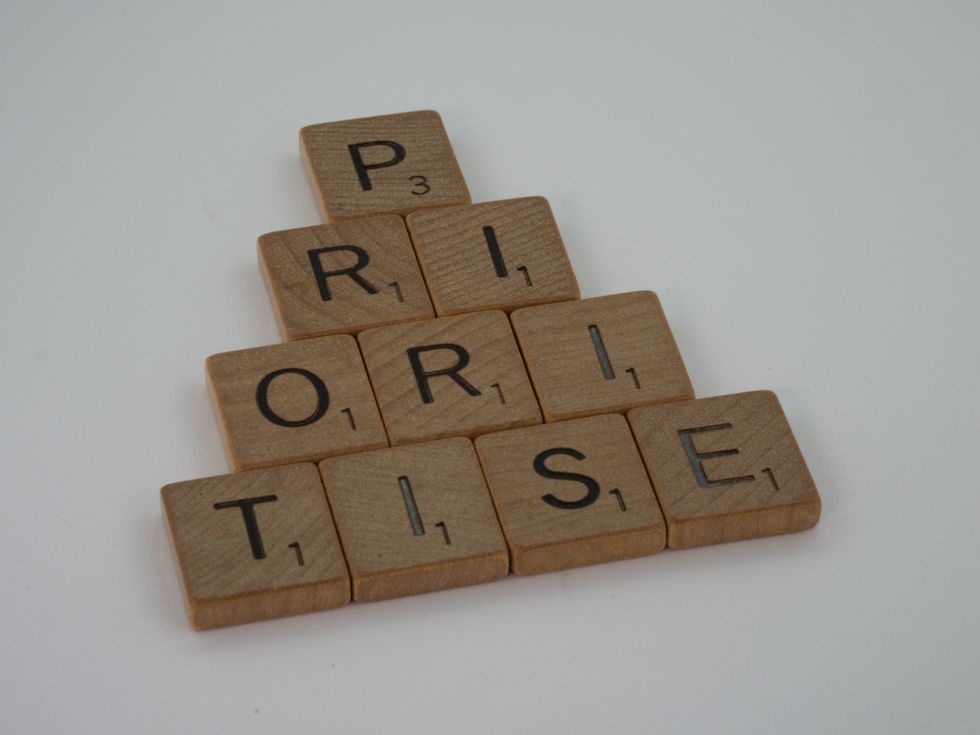 a scrabbled wooden block spelling the word prizePhoto by
a scrabbled wooden block spelling the word prizePhoto by 
 StableDiffusion
StableDiffusion
 StableDiffusion
StableDiffusion
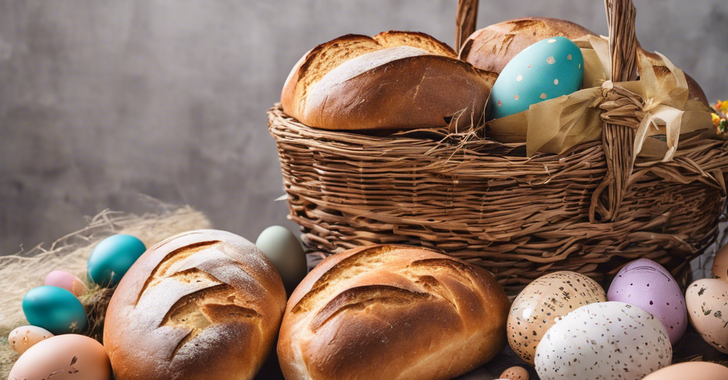 StableDiffusion
StableDiffusion









